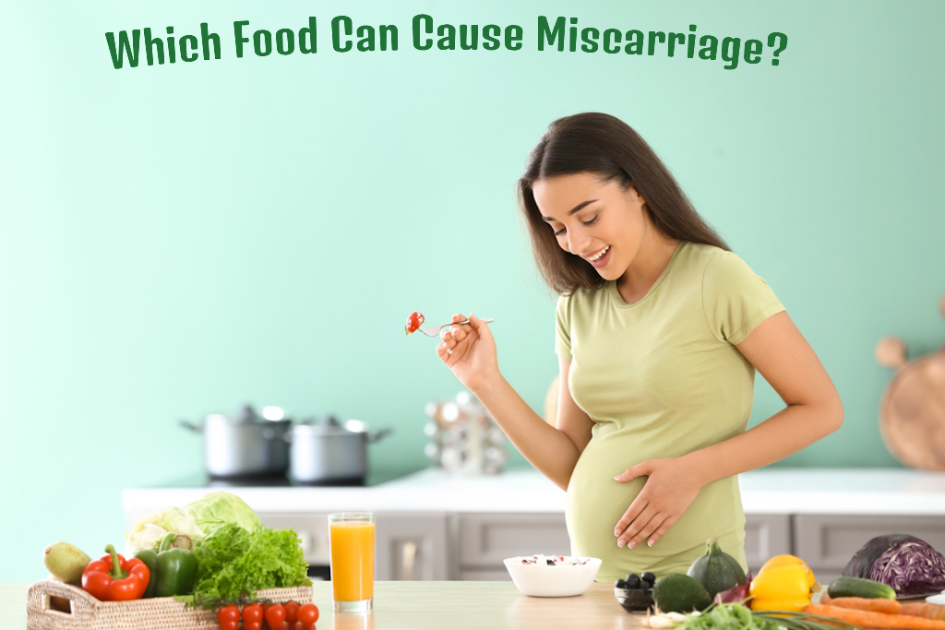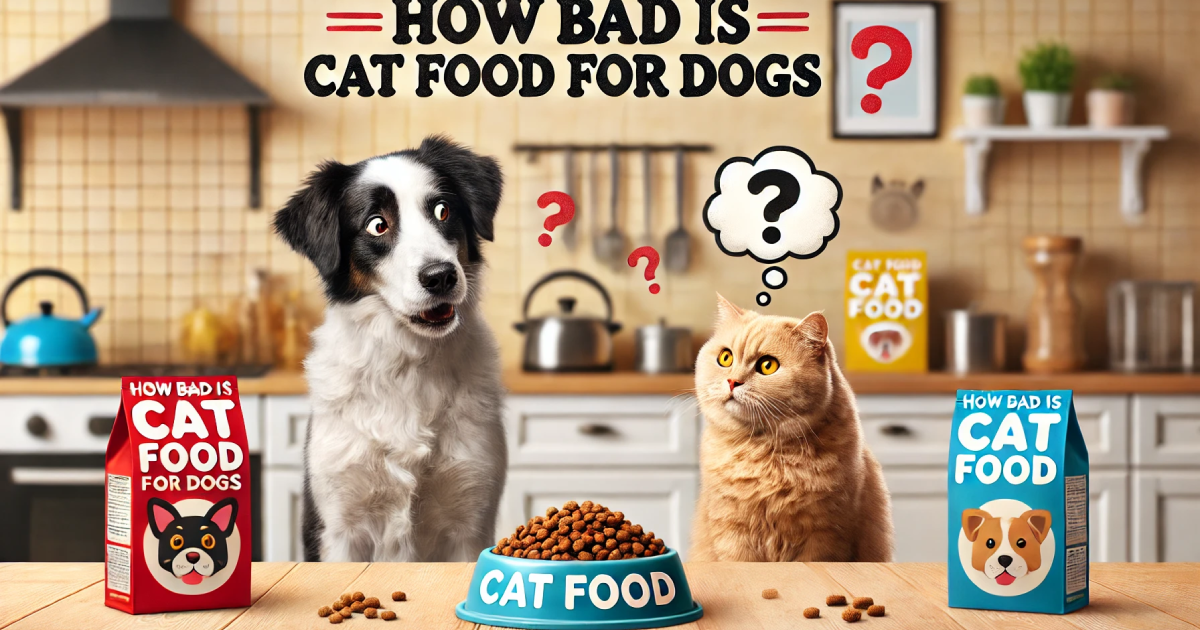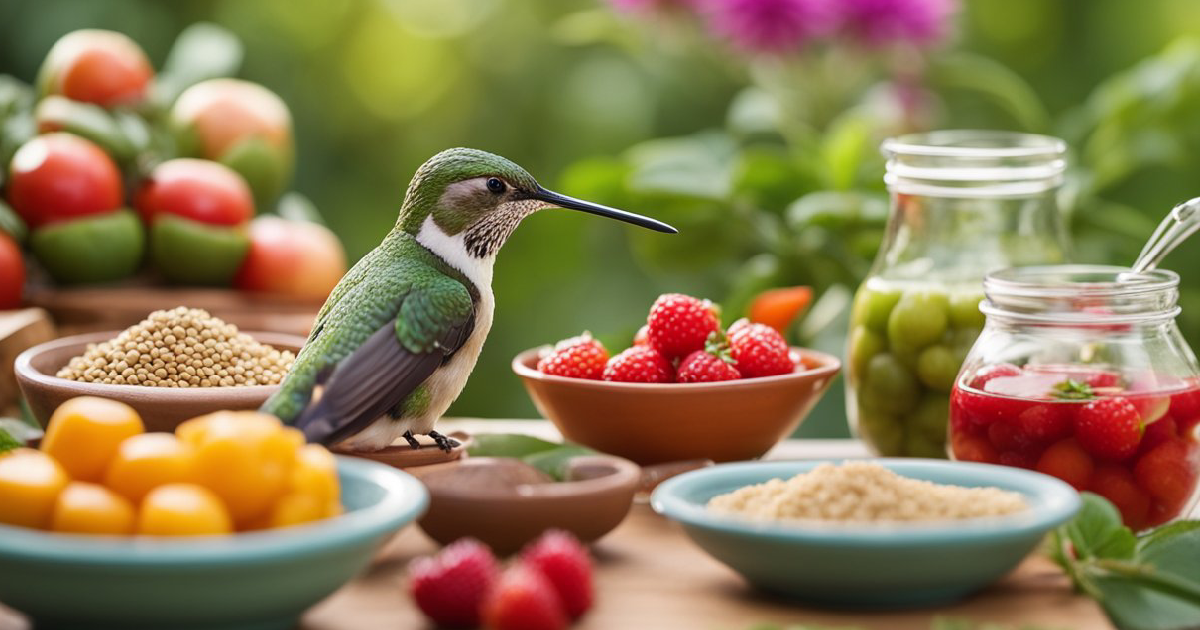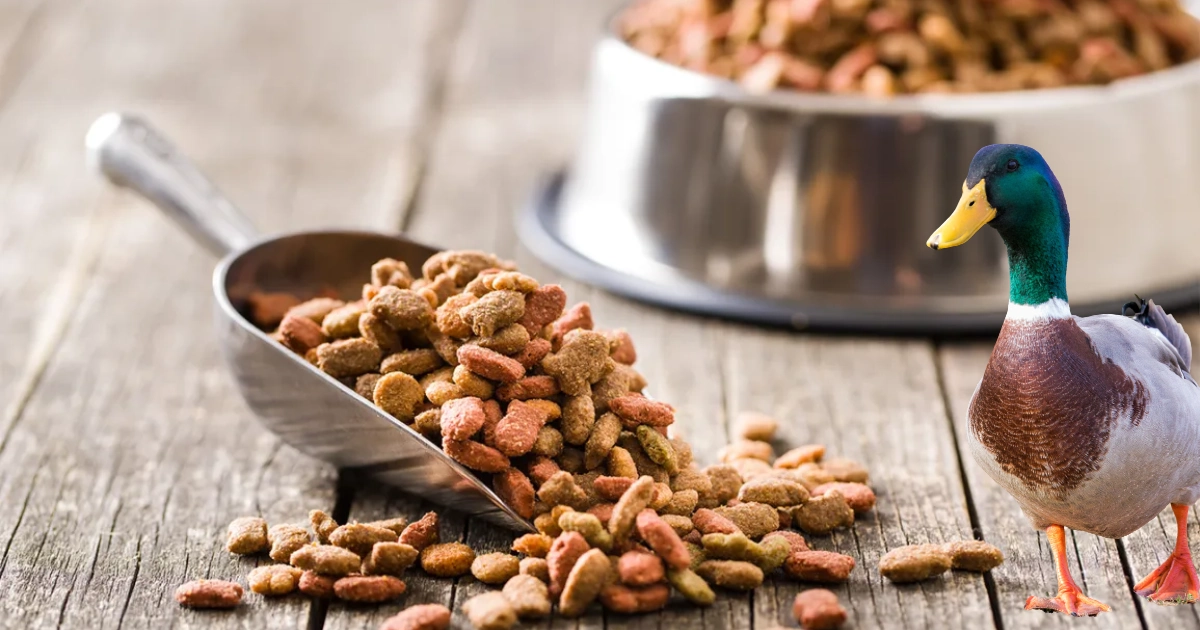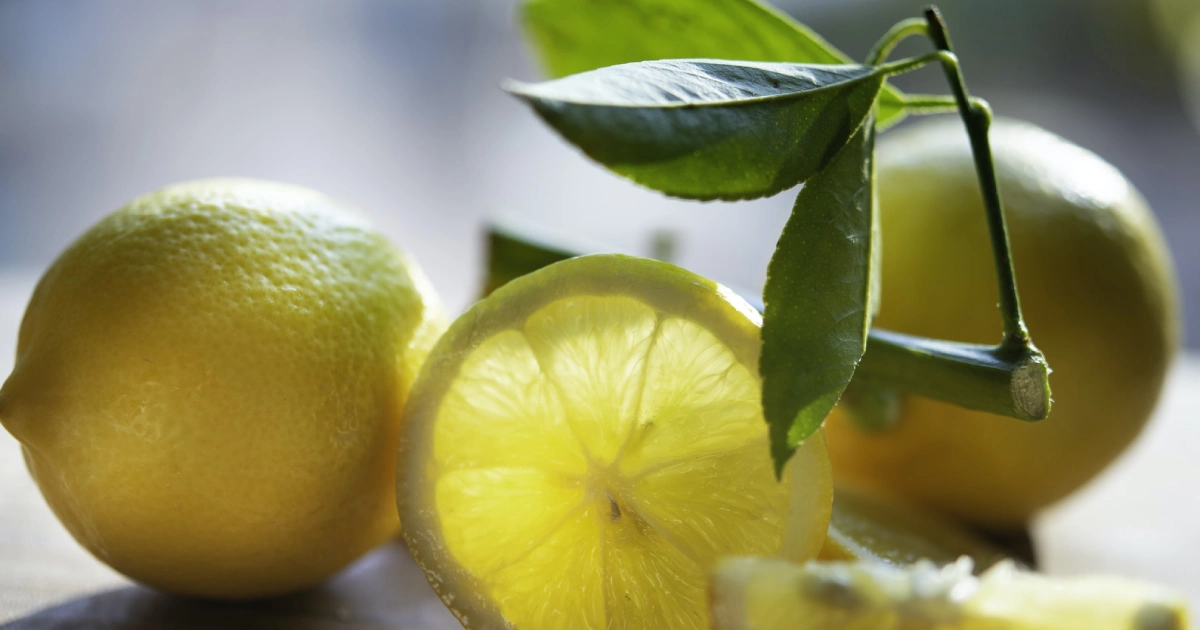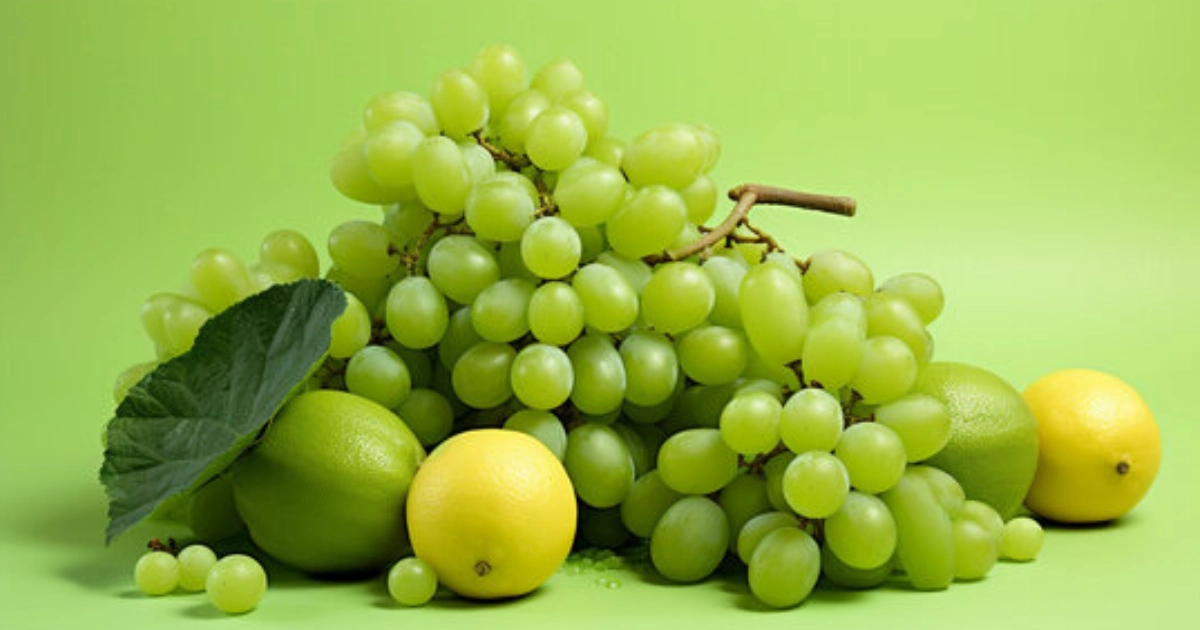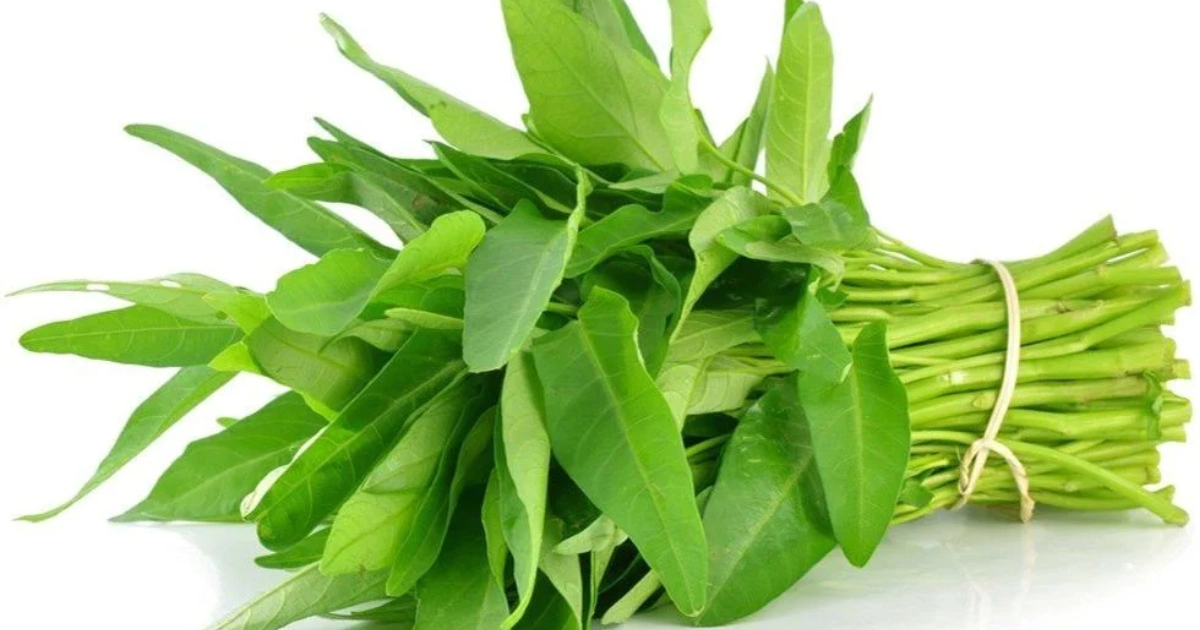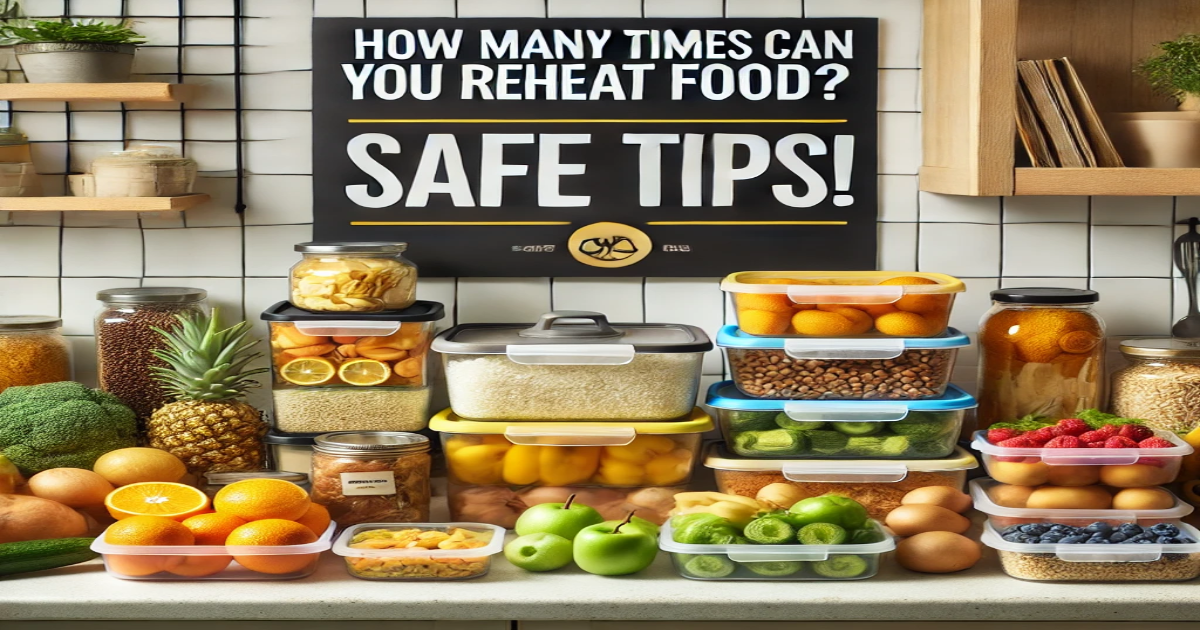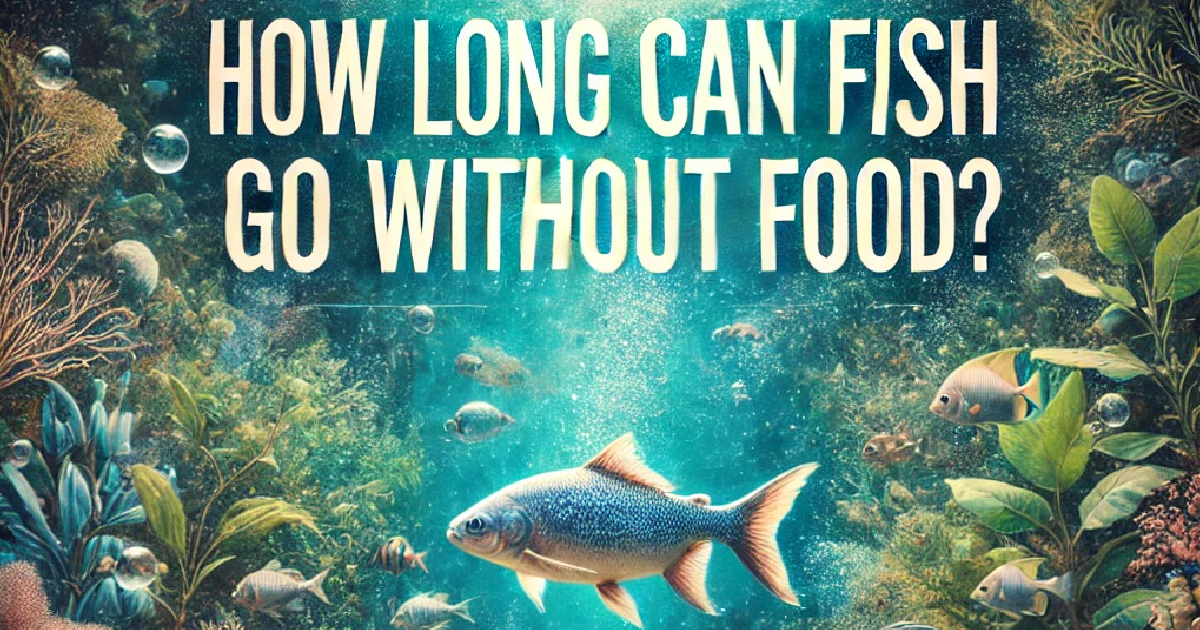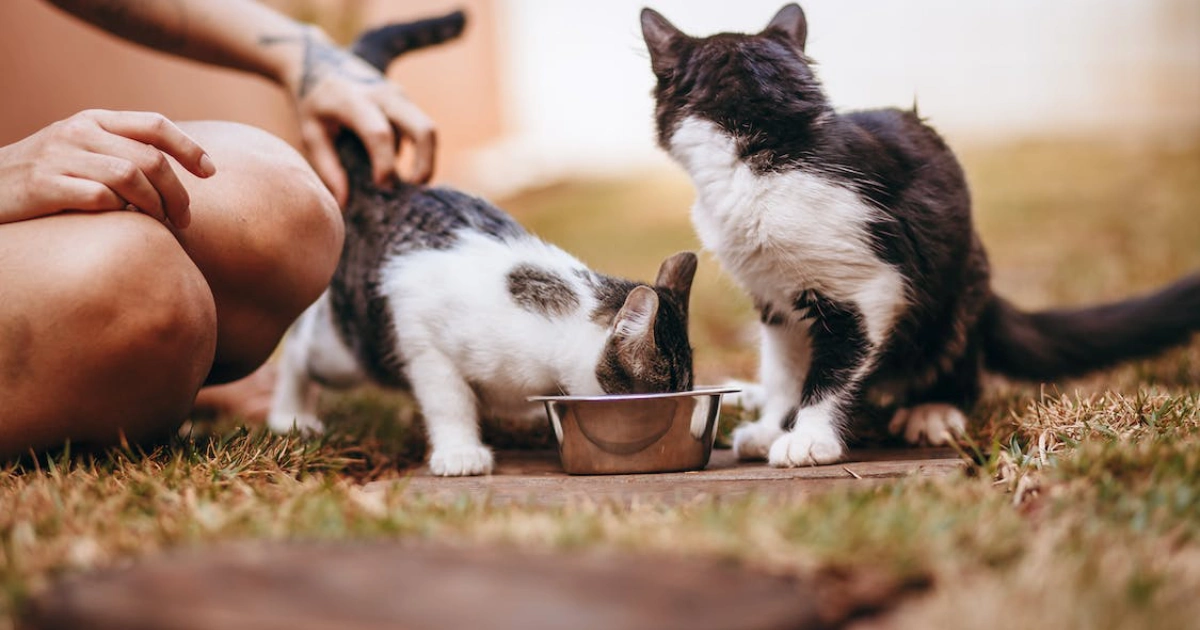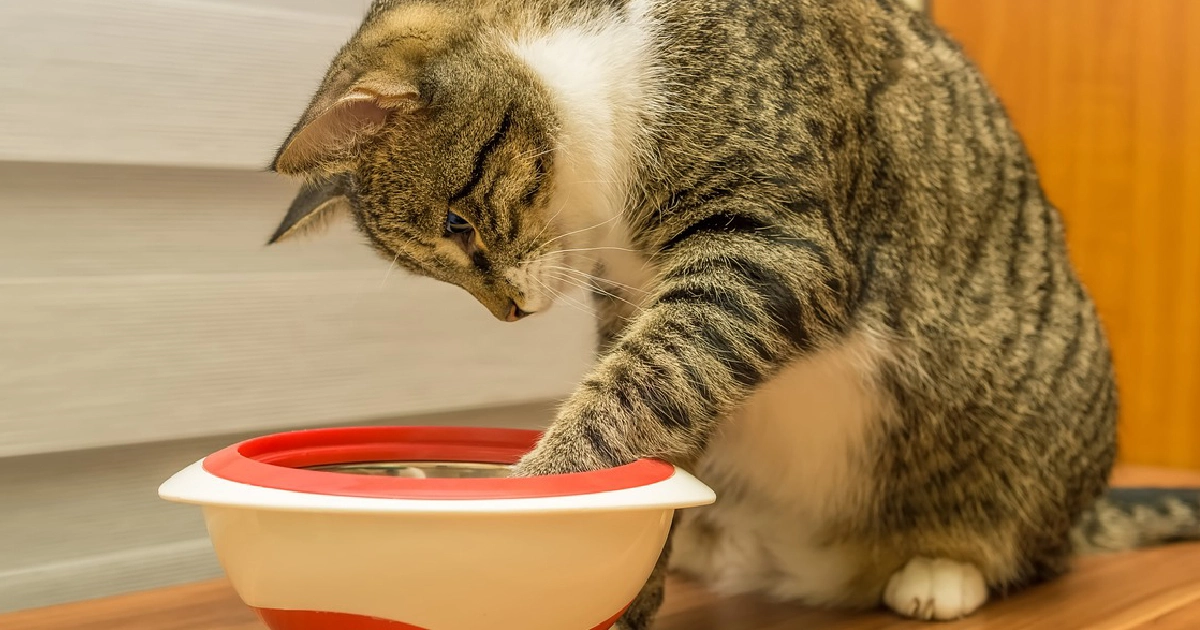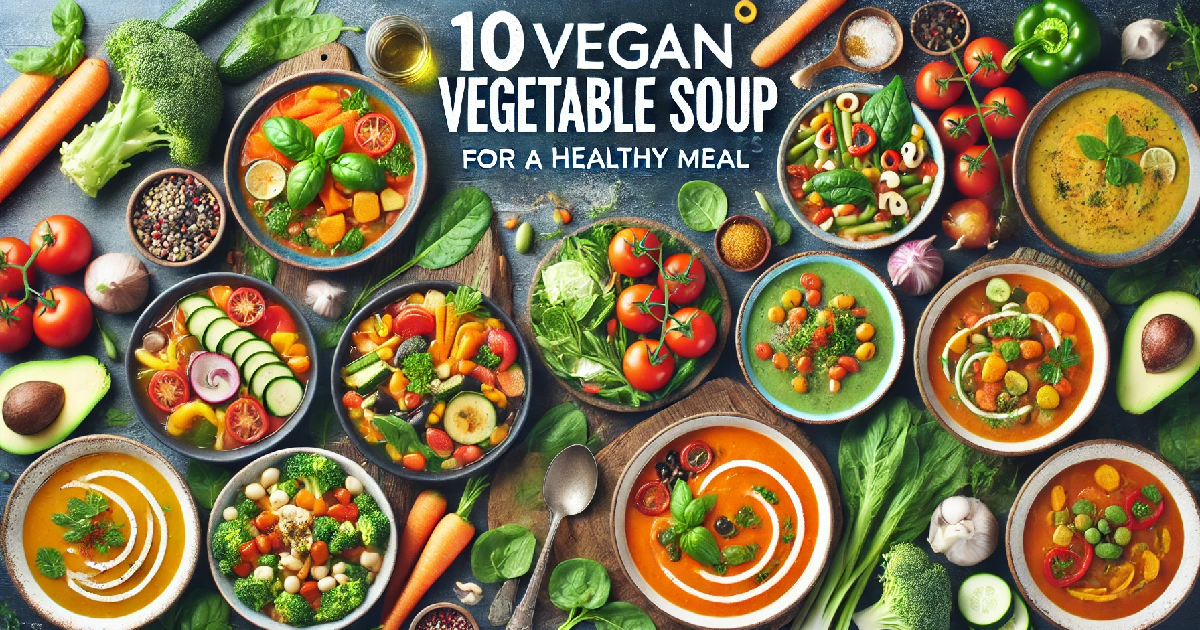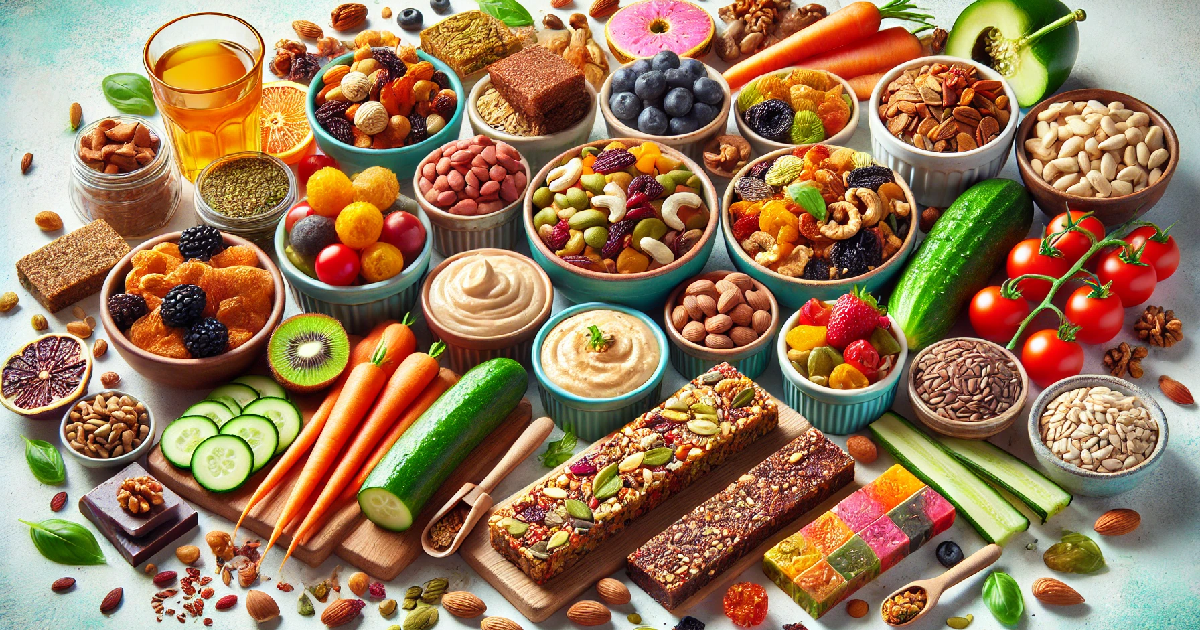Introduction
When it comes to pet nutrition, not all animal foods are created equal. The dietary needs of cats and dogs vary significantly, a fact that may come as a surprise to many pet owners. Cats, for instance, are obligate carnivores and require a diet high in protein and specific nutrients like taurine, which are not as critical in canine diets.
The risks associated with feeding cat food to dogs are considerable and should not be overlooked. Cat food is formulated specifically for the unique nutritional needs of cats and can lead to nutrient imbalances and health complications in dogs if consumed regularly. This is particularly true concerning protein and fat levels, which are significantly higher in cat food than in dog food, potentially leading to obesity and related health issues in dogs.
Are you aware that the simple act of feeding your dog the wrong type of food could lead to serious health risks? This startling reality underscores the importance of understanding and adhering to species-appropriate diets to ensure the health and well-being of our beloved pets.
How Bad Is Cat Food for Dogs?
What Makes Cat Food Unsuitable for Dogs?

Nutritional Differences
Cat food is distinctly different from dog food in its composition, primarily due to the differing dietary requirements of these two species. Cats require a higher protein content to support their metabolism, a requirement that is well-catered to in cat food. For dogs, however, excessive protein intake, as found in cat food, can lead to an overload, which may stress their kidneys and liver. Additionally, the fat content in cat food is considerably higher than what dogs require, posing a risk for obesity and related disorders like diabetes and joint problems in canines.
Risk of Nutritional Deficiencies
While cat food is rich in proteins and fats, it often lacks specific essential nutrients that dogs require for optimal health. For example, some vitamins and minerals tailored to support a dog’s cardiovascular and joint health are absent or insufficient in cat food. This imbalance can lead to nutritional deficiencies, affecting a dog’s overall health and vitality. The absence of adequate fiber in cat food can also disrupt a dog’s digestive health, leading to constipation or diarrhea.
Here’s a brief comparison to illustrate the nutritional imbalances:
| Nutrient | Ideal Dog Food Content | Typical Cat Food Content | Impact on Dogs |
|---|---|---|---|
| Protein | Moderate | High | Kidney strain, liver issues |
| Fat | Moderate | High | Risk of obesity, diabetes |
| Fiber | Higher | Lower | Digestive issues |
| Essential Vitamins | Balanced | Cat-specific | Cardiovascular, joint deficiencies |
This table highlights how cat food’s nutritional profile does not align with what is recommended for dogs, underscoring why cat food is a poor substitute for dog-specific formulations.
Potential Health Risks of Feeding Cat Food to Dogs
Short-Term Effects of Cat Food on Dogs
Gastrointestinal Issues
Feeding cat food to dogs can often lead to immediate gastrointestinal distress. The symptoms might include diarrhea and vomiting, commonly due to cat food’s more prosperous, high-fat, and high-protein content. These symptoms occur as the dog’s digestive system struggles to cope with the sudden influx of nutrients formulated for an entirely different species.
Allergic Reactions
Additionally, the unique ingredients in cat food, such as specific proteins or additives, may trigger allergic reactions in dogs. These reactions can manifest as skin irritations, itching, or severe respiratory symptoms. Dog owners must monitor their pets for signs of distress after consuming cat food and seek veterinary care if symptoms persist.
Long-Term Health Complications
Obesity and Pancreatitis
One of the most significant long-term risks of feeding dogs cat food regularly is obesity. The high fat content in cat food can lead to excessive weight gain, which in turn increases the risk of pancreatitis, a severe and painful condition that inflames the pancreas. This inflammation can be acute or chronic, potentially leading to other digestive and metabolic issues.
Liver and Kidney Damage
The excess protein in cat food can also harm a dog’s liver and kidneys over time. These organs are responsible for metabolizing and filtering waste products from the blood, and when overloaded with high levels of protein, their function can be severely compromised. This strain can lead to liver and kidney damage, which might be irreversible and severely impact the dog’s quality of life.
Here’s a brief table summarizing the potential health risks:
| Health Issue | Symptoms/Effects | Cause |
|---|---|---|
| Gastrointestinal | Diarrhea, vomiting | High fat and protein content |
| Allergic Reactions | Skin irritation, respiratory symptoms | Unique proteins/additives |
| Obesity | Excessive weight gain | High fat content |
| Pancreatitis | Inflammation of pancreas, digestive issues | High fat content |
| Organ Damage | Liver and kidney dysfunction, metabolic issues | Excessive protein load |
This breakdown helps illustrate why cat food is inappropriate for dogs, emphasizing the importance of species-specific diets to maintain optimal health.
Safer Alternatives and Proper Diet for Dogs
What Should Dogs Eat Instead of Cat Food?
Dogs require a balanced diet tailored to their specific nutritional needs, which significantly differ from those of cats. To ensure optimal health, dog owners should focus on providing food that meets the nutritional standards of veterinary nutritionists. This includes a balance of proteins, fats, carbohydrates, vitamins, and minerals suited to their age, size, and activity level.
Recommended Dog Foods

A variety of dog food types cater to these nutritional needs, including dry kibble, wet food, and specially formulated raw diets. Each type offers different benefits, such as dental health improvement from dry kibble or higher moisture content in wet foods, which benefits hydration. It is vital to choose a product certified by pet nutrition authorities and tailored to the dog’s specific life stage and health needs.
Treats and Supplement Advice
When it comes to treats and supplements, moderation and appropriateness are key. Healthy treats should complement a well-rounded diet and not exceed 10% of the dog’s total caloric intake. For supplements, essential fatty acids, probiotics, and specific vitamins can be beneficial, especially for older dogs or those with particular health issues. However, these should only be administered based on a veterinarian’s recommendation to avoid disrupting the nutritional balance.
| Dog Food Type | Benefits | Considerations |
|---|---|---|
| Dry Kibble | Dental benefits, convenience | Ensure it’s high-quality |
| Wet Food | High moisture, palatability | Watch for excessive additives |
| Raw Diet | Natural diet, palatability | Requires careful handling |
This table provides a snapshot of different dog food options, highlighting the need to select comprehensive diets that cater specifically to dogs’ nutritional needs, which are markedly different from what cat food can offer.
Is Cat Food Bad for Dogs’ Kidneys?
Cat food is problematic for dogs’ kidneys due to its nutrient composition, which drastically differs from what dogs require. The high levels of protein and phosphorus, which are beneficial for cats, can pose severe risks to dogs, especially if they have existing kidney issues or are advanced. These components can exacerbate renal problems, leading to chronic kidney disease or accelerating existing conditions.
High Protein Content and Kidney Stress
The high protein content in cat food can overburden a dog’s kidneys, as these organs must work harder to process the excess proteins. This can increase wear and tear, resulting in potential kidney stress and long-term damage. Older dogs and those with preexisting kidney conditions are particularly vulnerable to these adverse effects.
The Role of Phosphorus in Kidney Health
Additionally, the higher phosphorus content found in cat food can be detrimental to kidney health in dogs. When consumed in large amounts, phosphorus can lead to the deterioration of renal function over time. This can speed up the progression of renal disease, especially in dogs that are already susceptible to kidney issues.
Symptoms of Kidney Strain in Dogs
Signs that a dog might be experiencing kidney strain from eating cat food include increased thirst, frequent urination, lethargy, and a reduced appetite. These symptoms indicate that the kidneys are struggling to cope with the high levels of inappropriate nutrients.
Preventive Measures and Diet Management
To prevent kidney issues related to an inappropriate diet, dog owners must provide food specifically formulated for dogs, which supports kidney health. If cat food has been a regular part of a dog’s diet, transitioning away from it should be done gradually under veterinary guidance. Recommended foods typically have adjusted protein levels and restricted phosphorus to ease the burden on the kidneys.
| Aspect | Recommended Action |
|---|---|
| Protein Intake | Lower than in cat food, adapted to age and health |
| Phosphorus Management | Monitor and limit intake |
| Symptoms Monitoring | Regular vet check-ups for early detection |
| Diet Transition | Gradual change, guided by a vet |
This table outlines key strategies for managing and preventing kidney problems in dogs, emphasizing the importance of dietary management and regular veterinary care to maintain optimal kidney health.
What Happens If My Dog Eats Cat Food?
When a dog consumes cat food, there are immediate and observable effects due to the inappropriate nutrient levels designed specifically for cats. This can lead to several physical and behavioral changes in dogs, which may alarm owners.
Immediate Physical Reactions
After ingesting cat food, a dog might experience signs of gastrointestinal upset, such as vomiting and diarrhea. These symptoms occur because the dog’s digestive system is not adapted to handle cat food’s high fat and protein levels. Lethargy is another common symptom, as the dog’s body might struggle to process the unusual diet, leading to decreased energy levels.
Behavioral Changes
In addition to physical reactions, behavioral changes can be noticed in dogs that consume cat food. These may include increased thirst due to the high salt content in cat food, which can cause dehydration. Owners might also observe that their dogs become unusually sluggish, which can be attributed to the nutritional stress and discomfort caused by eating cat food.
How Much Cat Food Is Bad for Dogs?

Even small quantities of cat food can harm dogs, and understanding the threshold toxicity levels is crucial for preventing adverse health effects. Even in small amounts, regular consumption can lead to significant health issues over time.
Threshold Levels of Toxicity
The exact amount of cat food that poses a risk can vary based on the dog’s size, age, and general health, but it is generally understood that even minimal exposure can be problematic. Cat food is considerably richer in proteins and fats than dog food; even occasional treats can lead to digestive and metabolic stress.
Long-Term Risks of Regular Ingestion
Regular ingestion of cat food can lead to long-term health complications in dogs. These include chronic conditions such as obesity, pancreatitis, and liver or kidney disease stemming from the high protein and fat content. The risks are compounded over time, making it essential to avoid making cat food a regular part of a dog’s diet.
| Issue | Symptoms | Potential Long-Term Complications |
|---|---|---|
| Gastrointestinal upset | Vomiting, Diarrhea | Pancreatitis, Irritable Bowel Syndrome |
| Nutritional imbalance | Lethargy, Increased thirst | Obesity, Kidney Disease, Liver Disease |
This table summarizes the immediate and long-term risks of dogs eating cat food. It highlights the importance of keeping dog and cat food separate and feeding each pet according to their dietary needs.
Can I Mix Cat Food With Dog Food?
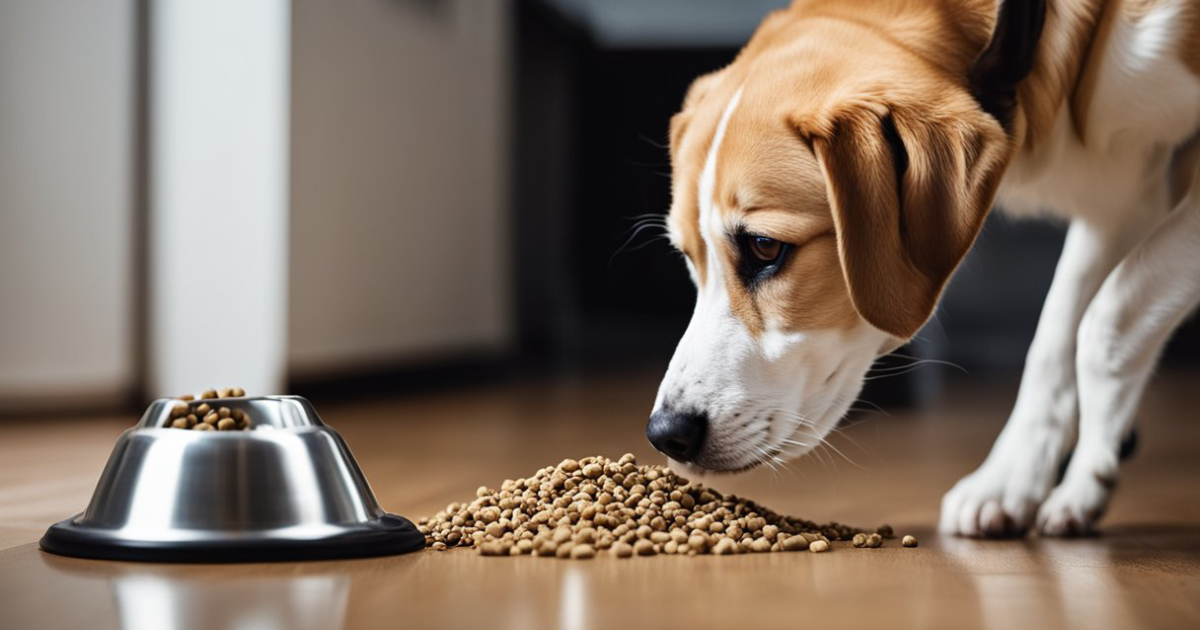
Mixing cat food with dog food might seem like a convenient solution for households with both pets, but it can lead to nutritional imbalances that are detrimental to a dog’s health. The distinct nutritional profiles of cat and dog food mean that each is formulated to meet species-specific needs, which are different.
Nutritional Imbalance Concerns
When these foods are mixed, they can disrupt the balance of nutrients essential for a dog’s health. For instance, the high protein and fat content in cat food can lead to excessive dog intake while not providing enough fiber or certain vitamins and minerals that dogs require. This imbalance can affect everything from a dog’s weight to its digestive health and overall vitality.
Alternative Solutions for Picky Eaters
For owners of picky dogs, it’s advisable to explore other options that maintain nutritional integrity rather than mixing cat and dog food. Consider introducing a variety of dog-specific wet foods, or try enhancing meals with dog-safe broths or supplements to make regular dog food appealing without compromising nutritional value.
Will Feeding a Cat Dog Food Harm It?
Feeding a cat dog food regularly is not advisable due to the fundamental nutritional differences between dog and cat food. Cats have specific dietary requirements that dog food fails to meet, which can lead to several health issues over time.
Nutritional Deficiencies for Cats
Dog food lacks several key nutrients that are crucial for cats, such as taurine, arachidonic acid, and higher levels of protein. These nutrients are all essential for a cat’s health. Taurine, for example, is critical for cardiac health, vision, and reproduction in cats, and its deficiency can lead to serious health problems.
Risks of Feeding Dog Food to Cats
The absence of these essential nutrients in dog food can have significant health consequences for cats. Chronic feeding of dog food to cats can result in taurine deficiency, leading to dilated cardiomyopathy, reproductive failures, and impaired vision. Over time, these deficiencies can severely impact a cat’s quality of life and longevity.
| Pet Type | Nutrient | Importance | Consequence of Deficiency |
|---|---|---|---|
| Cat | Taurine | Heart, eyes, reproduction | Heart disease, blindness, reproductive issues |
| Cat | Protein | Overall health, muscle maintenance | Muscle wasting, immune deficiencies |
This table emphasizes the critical nature of feeding each pet food specifically formulated for its species to avoid nutritional deficiencies and maintain optimal health.
Conclusion
Feeding cat food to dogs, even in small amounts, poses significant risks. As we’ve discussed, cat food is formulated specifically for the unique nutritional needs of cats and contains higher levels of protein and fat, which are unsuitable for dogs. This mismatch can lead to a range of short-term and long-term health problems for dogs, including gastrointestinal issues, obesity, pancreatitis, and even severe organ damage.
Responsible pet feeding practices are crucial for the health and well-being of our pets. Pet owners must understand their pets’ dietary needs and provide food that meets them. Mixing pet foods or substituting one for the other can disrupt the nutritional balance, leading to health issues and a decreased quality of life.
We strongly encourage all pet owners to consult a veterinarian about their dog’s diet to ensure it meets their health and nutritional needs. Additionally, for more comprehensive guidance on pet nutrition, consider exploring related posts or trusted resources that offer detailed information on maintaining a healthy diet for your pets. This proactive approach will help ensure your furry friends lead happy, healthy lives.
FAQs:
Here are some frequently asked questions about the impact of cat food on dogs, along with answers that address these concerns effectively:
1. Can a dog die from eating cat food?
While it’s uncommon for a dog to die from eating cat food once or in small amounts, consistently feeding a dog cat food can lead to severe health issues such as pancreatitis, liver or kidney damage, and potentially life-threatening conditions.
2. What should I do if my dog eats cat food?
If your dog accidentally eats cat food, monitor them closely for signs of gastrointestinal upset or allergic reactions. Ensure they have plenty of water and return to a dog-appropriate diet. Consult a veterinarian if symptoms like vomiting, diarrhea, or lethargy occur.
3. Is wet cat food bad for dogs?
Wet cat food, like dry cat food, is formulated specifically for the dietary needs of cats and is not suitable for dogs. It can cause gastrointestinal upset and may lead to long-term health issues if fed regularly due to its high protein and fat content.
4. My dog ate cat food and is now sick. What should I do?
If your dog shows signs of illness after eating cat food, such as vomiting, diarrhea, or unusual lethargy, it’s essential to seek veterinary care immediately. The vet can assess the severity of the symptoms and provide appropriate treatment.
5. What happens when a dog overeats cat food?
Overeating cat food can cause a dog to experience digestive and metabolic disturbances, such as diarrhea, vomiting, and pancreatitis due to the high fat and protein content. Chronic consumption can lead to obesity and more serious health issues like liver and kidney damage.
6. Can small dogs eat cat food?
Small dogs should not eat cat food. Due to their smaller size, they are even more susceptible to the adverse effects of the high protein and fat content in cat food, which can quickly lead to nutritional imbalances and health complications.
7. How to stop a dog from eating cat food?
To prevent your dog from eating cat food, feed your pets separately and keep cat food out of your dog’s reach. Consider using feeding stations or feeding your cat on higher surfaces the dog cannot access. Additionally, ensure that your dog’s diet is fulfilling and engaging to reduce their interest in cat food.



